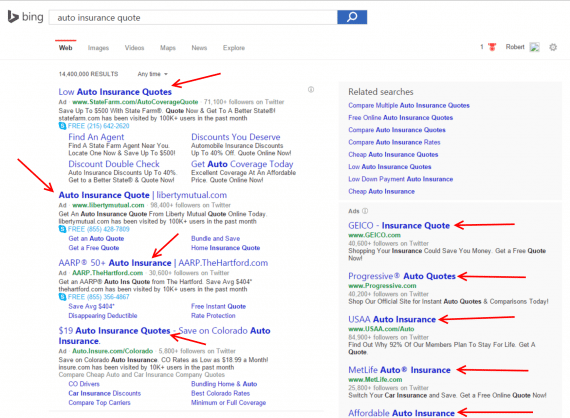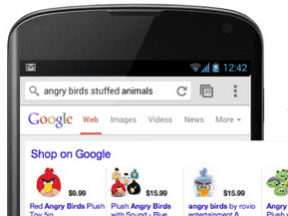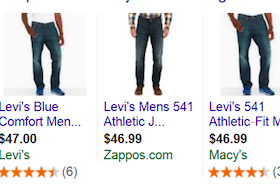There are many moving parts in pay-per-click advertising — from keyword selection to bid management to ongoing optimization. But ad copy is where you make that invaluable first impression on a potential customer. When ad copy is done poorly, you’ll have a low click-through rate, a low quality score, and thus, a high cost per click and a less desirable average position.
When ad copy is done well, however, you’ll enjoy a high click-through rate, a high quality score, and thus, lower cost per click for the same or better average positions. Those metrics are foundational to the success of any pay-per-click program.
In this post, I will address how to write pay-per-click ads that produce results.
How Long Can My Ads Be?
The length of the ad copy is determined by the allowed character counts of the various PPC platforms. Here is a list of the most common platforms, formats, and character counts.
- Google AdWords text ads. Twenty-five characters for the title, 35 characters each for two lines of description, and 35 characters for the display URL.
- Bing Ads text ads. Twenty-five characters for the title, 71 characters of description, and 35 characters for the display URL.
- Facebook right-side ads. Twenty-five characters for the title, 90 characters of description, and 30 characters of link description — also, the image you include may not exceed 20 percent text.
- LinkedIn right-side ads. Twenty-five characters for the title and 75 characters of description.
- Twitter ads. The length of a standard tweet, which is 140 characters.
3 Strategies for Ad Copy
Here are three strategies to use independently or in combination to write highly productive ad copy.
Establish relevance. For keyword-based search ads, this means using the keyword or a close variation of it in the ad copy, preferably in the title. The first benefit is that the keyword will get bolded in your ad to help your ad to stand out. Consider this search for “auto insurance quote” on Bing and notice how the keyword gets bolded.

Using a keyword or a variation of it in the ad copy, preferably in the title, means that the keyword will get bolded in your ad, which helps the ad to stand out — such as “auto insurance quote” on this Bing Ads sample.
That’s a nice attention getter, but the more important reason is to keep the searcher in a linear thought process. She did the search presumably because she has a problem or needs information. The keywords she typed are a representation of what she thinks she needs. By having her keyword(s) in the ad, it establishes your company as a relevant option and makes it easy for her to click the ad. Then your landing page will continue the process.
For audience-targeted ads — like Facebook or LinkedIn — establishing relevance means that you identify with the audience. This could mean utilizing copy such as “Perfect for Small Businesses” to let searchers know that your ad is relevant to them and their needs.
Prime the pump. Now that the potential customer knows the ad is relevant to him, start him on the path to conversion. That process starts in the ad copy.
To prime the pump, tell him why your offering is unique or better than the competition, which likely is directly below or above your ad on the same page. Therefore, focus on the distinct benefits that your product or service provides.
If you’re the cost leader in the space, leading with price can be advantageous. If you provide a benefit that nobody else provides, address it in the ad copy. If your products are similar to your competitors, tout your customer service, shipping, and ease of returns.
In short, give searchers a reason to click your ad.
Call to action. People click on ads because they feel it is relevant to them and the benefits are desirable. But the best ad writers go a step further: They tell searchers exactly what to do for the next step. Most advertising guidelines prohibit using the text “Click here.” You’ll need to be subtler. Here are some examples.
- “Shop Our Unbeatable Selection!”
- “Call Now”
- “Get A Free Quote”
Consumers prefer to think as little as possible. By providing a clear call to action, you tell them exactly what to do next. Then when they arrive on your landing page, you will continue to take them down the path to conversion, with further calls to action.
Always Test
Always test at least two versions of ad copy, even if you’re confident in your ad-writing skills. Why? You may be wrong in your assumptions or your shoppers may have different motivations than you anticipated. Testing shows two qualities that are important for an effective marketer: empathy and humility.
It shows empathy because you are focusing more on the needs of the customer. And it shows humility because you are willing to follow the data and not become attached to your creation.





